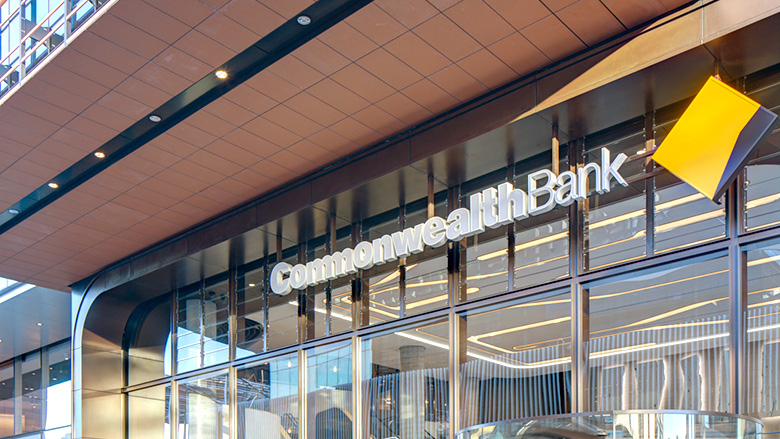Loan loss rates equated to minus 7 basis points of average gross loans and acceptances, while troublesome and impaired assets fell $0.4 billion to $7.8 billion, driven by improvements in the corporate lending portfolio.
Consumer arrears over 90 days also continued to fall – highlighting the improving economic picture nationally.
Operating income during the quarter rose 2 per cent, while operating expenses were up 2 per cent as a result of higher investment spending, higher volume-related costs and an increase in remediation costs, partly offset by the benefits of the bank’s simplification program.
The bank’s loan deferral program – that was put in place at the start of the COVID-19 crisis – has helped customers manage their home loan and business loan repayments.
The program came to an end in March this year under the timetable set out by the banking regulator, the Australian Prudential Regulation Authority.
CBA supported 158,000 home loan customers (to the value of $54 billion in mortgages) and 83,000 business loan customers through the program, with the vast majority having now resumed regular repayments.
Of the home loan customers who entered into deferral arrangements, 81 per cent have now returned to their pre-COVID affected terms; 10 per cent have closed their accounts; 4 per cent have switched to interest only arrangements; 1 per cent are impaired or have been restructured; and the remaining 4 per cent (6,000 customers) require ongoing support.
All business customers have now concluded their deferral arrangements, with the great majority having resumed regular repayments on their loans.




